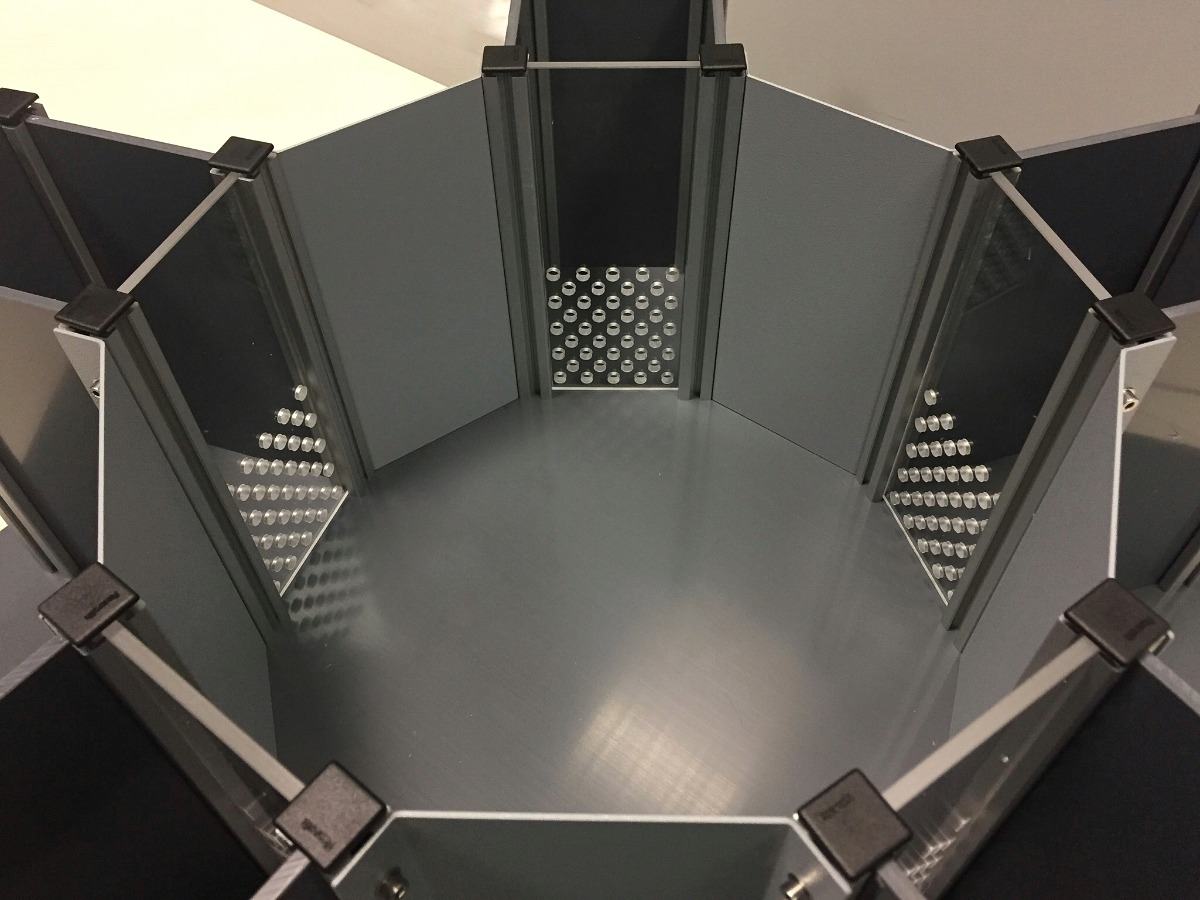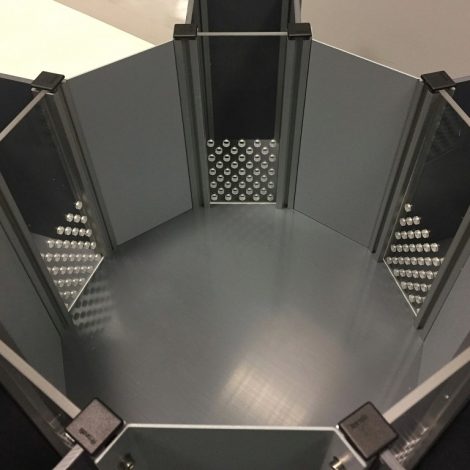Agora maze principle
This maze has a large open central arena and is surrounded by 5 cubicles, in which the subject can be confronted with 5 stimulus mice. The goal of the test is to measure how readily the subject identifies an unfamiliar mouse amongst the acquainted mice. So the Agora maze diagnoses social recognition deficits, and therefor is helpful in research on psychiatric disorders such as autism and schizophrenia.


Maze development
Ugo Basile developed this maze in collaboration with the University of Aberdeen, where it was used to investigate smell related behaviors and loss of sense of smell (anosmia) in the context of Parkinson’s disease.

“What I love about Noldus Information Technology is the personal attention and service. I am not dealing with a website or a call center in a remote country but with people whom I know by name, and who provide advice and on-site support during periodic visits.”
PROF. DR. D. POLLAK|MEDICAL UNIVERSITY OF VIENNA, AUSTRIA
Agora maze specifications
The Agora maze consists of a 50x50cm grey base with 5 cubicles dimensioned 13×11.5cm, with 25cm height. Each cubicle is divided from the central square with detachable clear sliders. Holes in the clear panels permit odor-exchange. The maze is also designed for video tracking, allowing for automatized experiments.
References
Krueger-Burg, D.; Winkler, D.; Mitkovski, M.; Daher, F.; Ronnenberg, A.; Schlüter, O.M.; Dere, E.; Ehrenreich, H. (2016). The Sociobox: a novel paradigm to assess complex social recognition in male mice. Frontiers in Behavioral Neuroscience, 10, 151.


